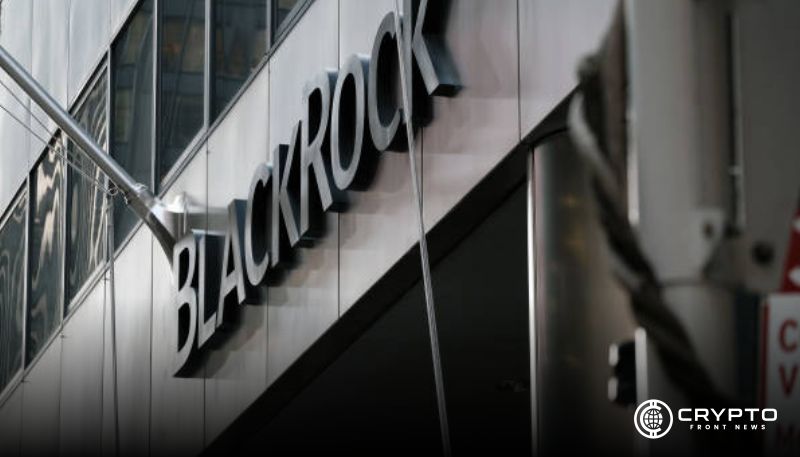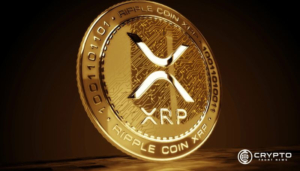- BlackRock’s Bitcoin and Ethereum dominance reduces the incentive to expand into XRP, where regulatory concerns and risks persist.
- The firm’s strategy involves closely watching competitors’ XRP ETF attempts while minimizing exposure to premature regulatory challenges.
- XRP’s current market position, liquidity, and institutional adoption levels remain insufficient to meet BlackRock’s strict ETF launch standards.
Despite Ripple’s SEC victory and the growing interest in crypto ETFs, BlackRock remains absent from the XRP ETF scene. Strategic caution, regulatory uncertainties, and market dynamics offer a clear picture of the firm’s current stance.
Why Hasn’t BlackRock Filed an XRP ETF?
According to Cheeky Crypto’s recent YouTube analysis, BlackRock’s impressive success with Bitcoin and Ethereum ETFs has reduced the urgency to expand into XRP. The firm’s iShares Bitcoin Trust now holds over $30 billion in assets under management. Meanwhile, its Ethereum ETF surpassed $1 billion within just 60 days. Given these achievements, BlackRock sees little need to risk stability by venturing into a more controversial asset class.
All Things XRP also noted in a recent thread on X that BlackRock is strategically focused on maintaining its dominance in the two most proven crypto assets. Managing $11.6 trillion in assets allows them to prioritize market security and avoid unnecessary risk.
Regulatory Challenges Remain a Barrier
Although Ripple scored a partial legal win against the SEC, uncertainty persists around XRP’s full regulatory status. BlackRock’s internal systems still classify XRP as falling short of key compliance thresholds. This classification continues to restrict the firm’s ability to move forward with an XRP ETF.
Cheeky Crypto explained that the SEC’s past view of XRP as a security does not disappear quickly for cautious institutions. BlackRock’s conservative nature requires absolute clarity before launching new investment products, especially after past regulatory confrontations.
Watching the Market Before Making a Move
BlackRock’s decision-making approach involves observing smaller competitors, such as Grayscale and Franklin Templeton, who have initiated XRP ETF filings. This wait-and-see strategy allows BlackRock to assess the SEC’s responses without facing direct regulatory risks themselves.
According to All Things XRP, this tactic positions BlackRock to act with scale once the regulatory environment fully matures. Learning from other firms’ experiences will enable BlackRock to fine-tune a future XRP offering without unnecessary exposure to early-stage challenges.
Past Incidents Influence Current Caution
The fake XRP ETF filing incident in 2023 caused substantial confusion, forcing BlackRock to issue a public denial. This event reportedly hardened the company’s caution regarding XRP initiatives. Misinformation created unnecessary PR risks, influencing the firm’s current reluctance to engage.
Cheeky Crypto emphasized that such experiences make BlackRock extremely cautious about associating prematurely with volatile narratives. In an environment where public perception matters, avoiding unverified announcements has become a crucial part of BlackRock’s broader crypto strategy.
XRP’s Market Metrics Still Trail Behind
While XRP’s performance gains have been strong, its market share overall is still smaller than that of Bitcoin and Ethereum. Institutional investors, such as BlackRock’s client companies, still prefer assets with increased liquidity as well as higher levels of adoption.
As All Things XRP noted, Bitcoin and Ethereum together dominate nearly 70% of the entire crypto market capitalization. XRP’s relative lag in liquidity and volume makes it a less attractive candidate for large-scale ETF products for now.






